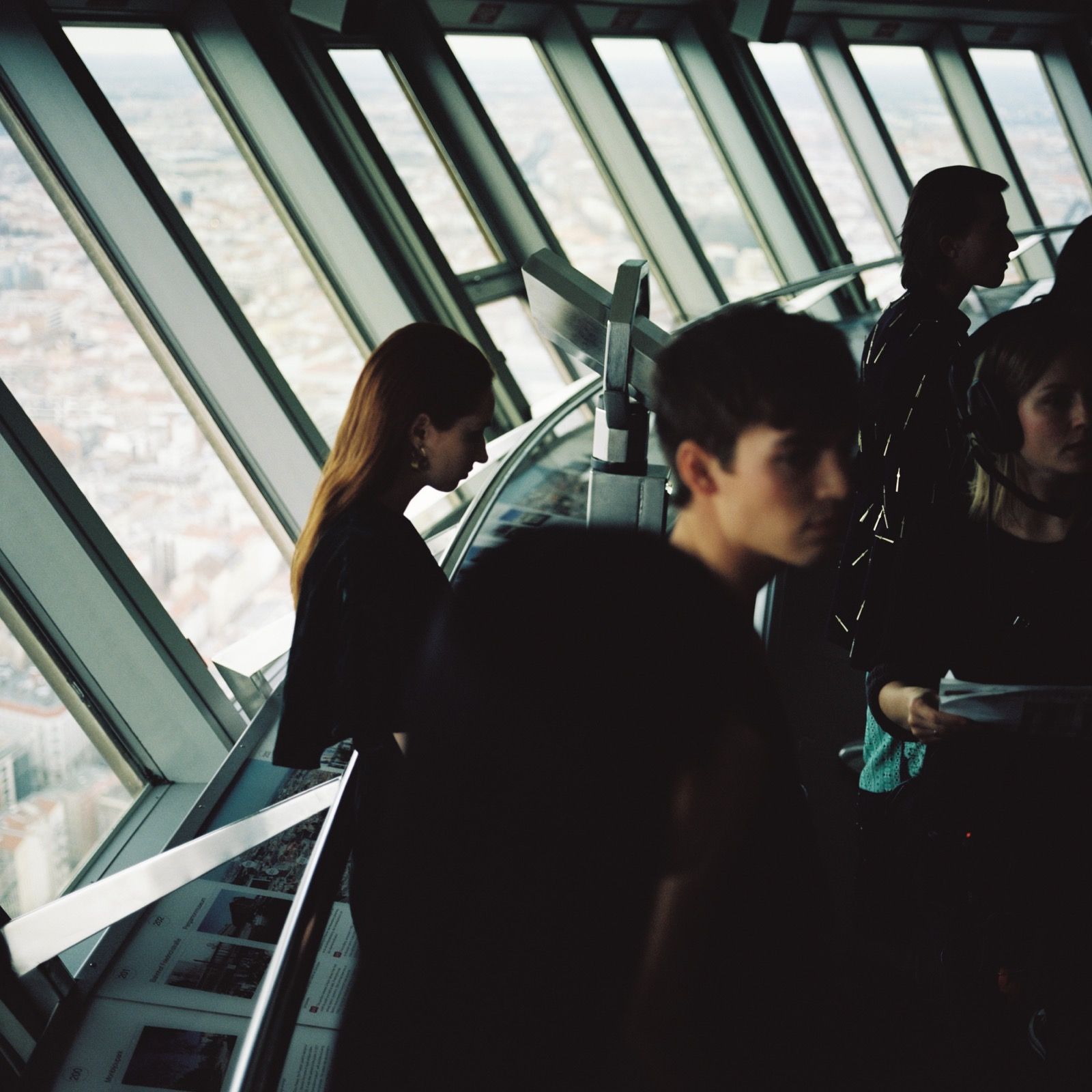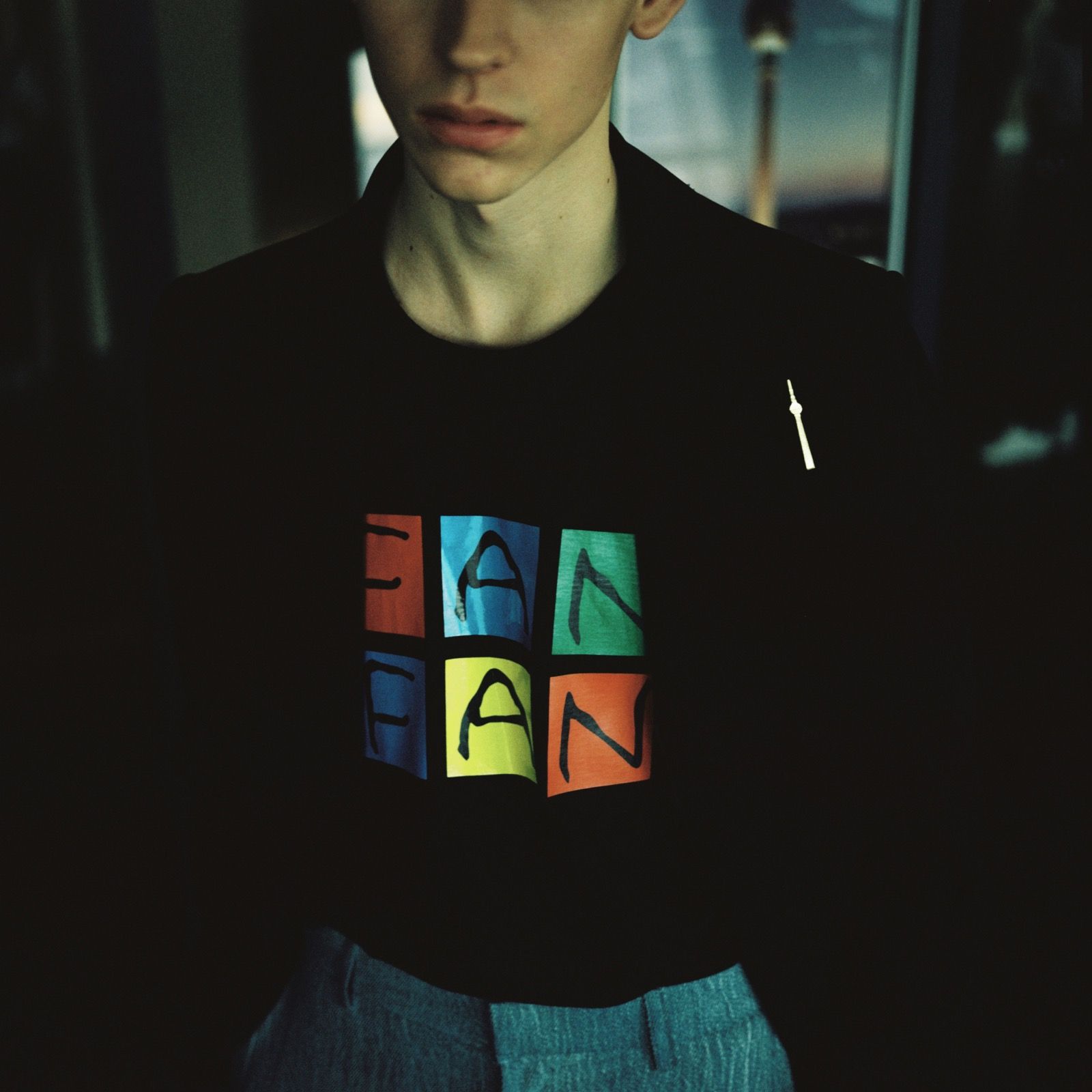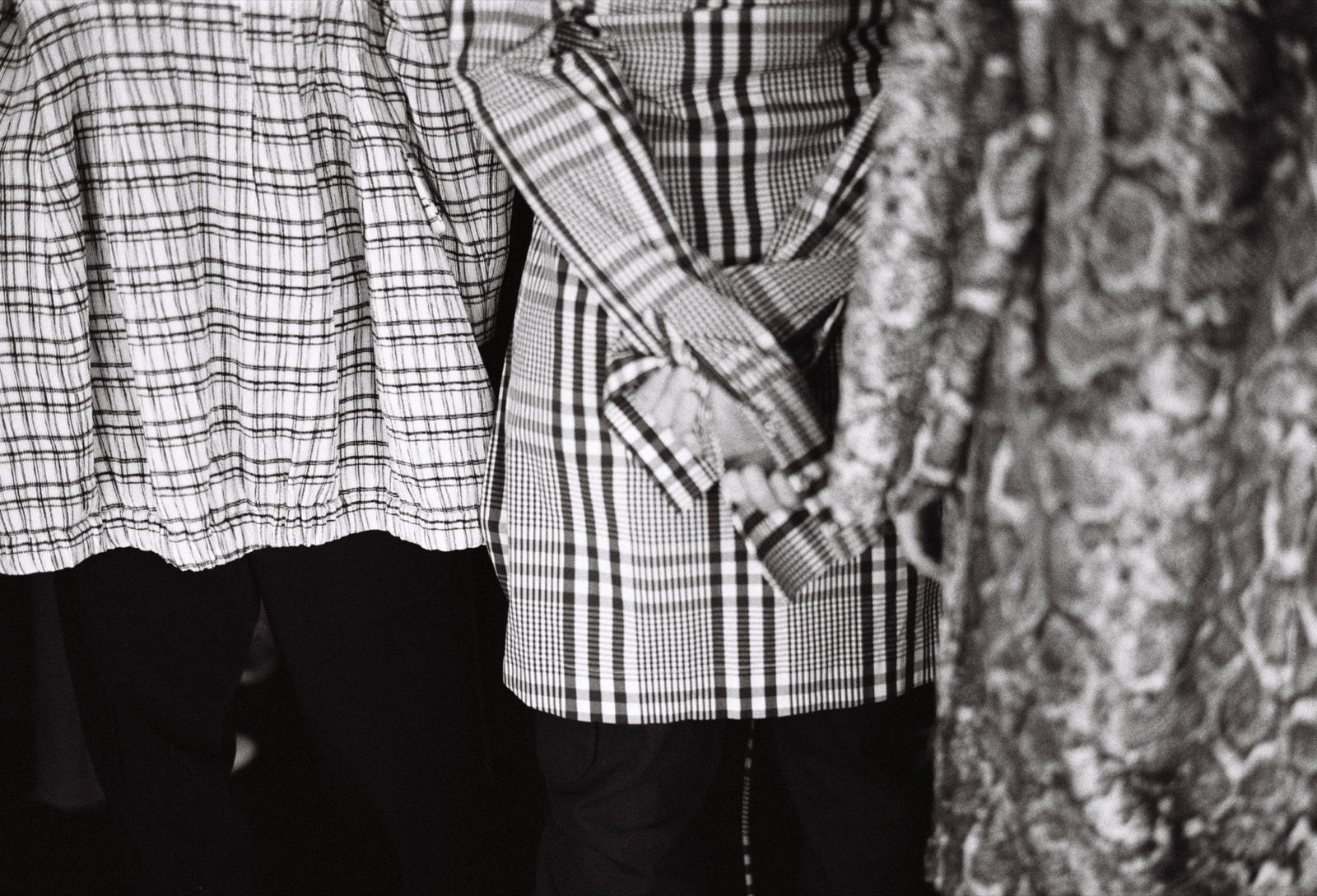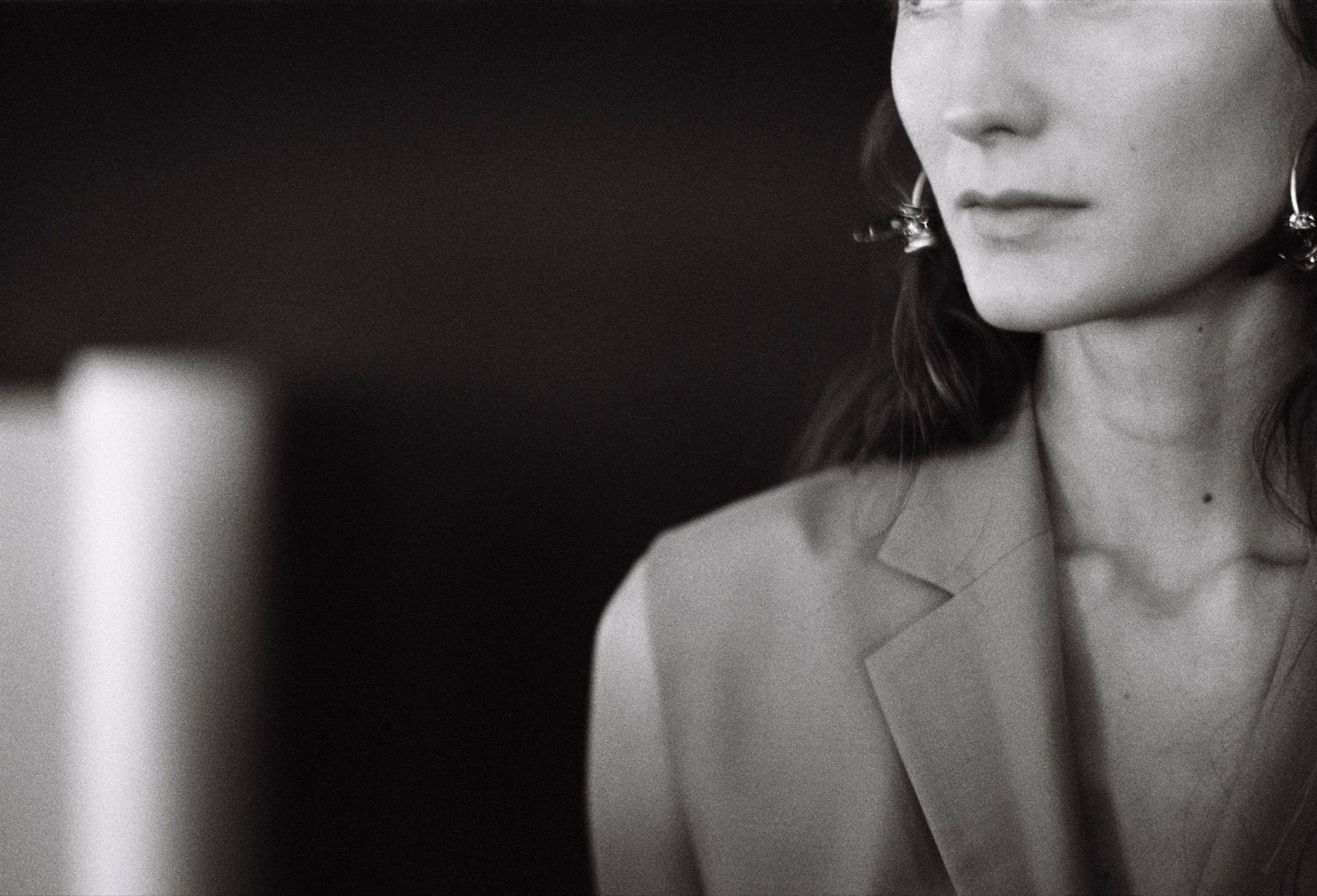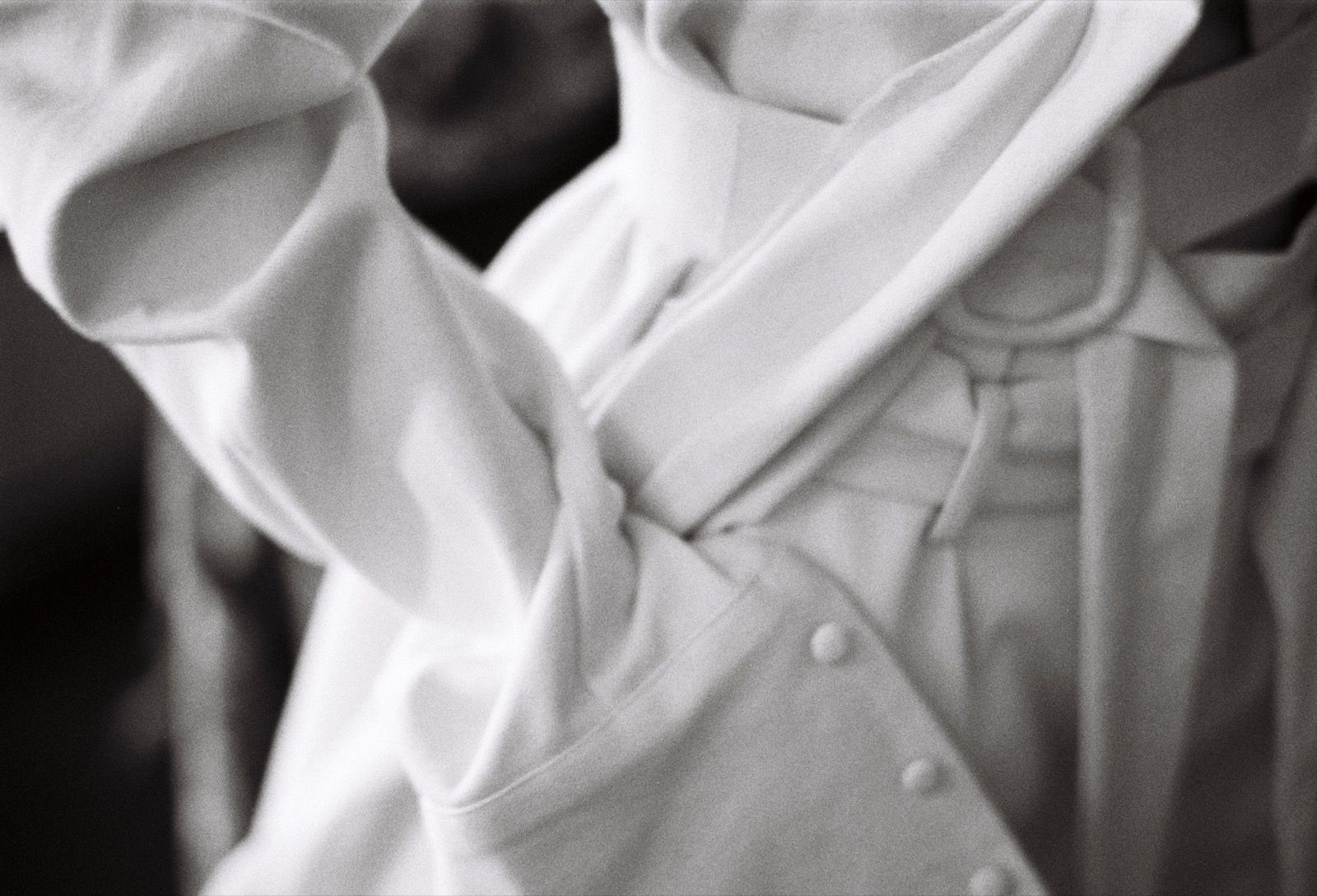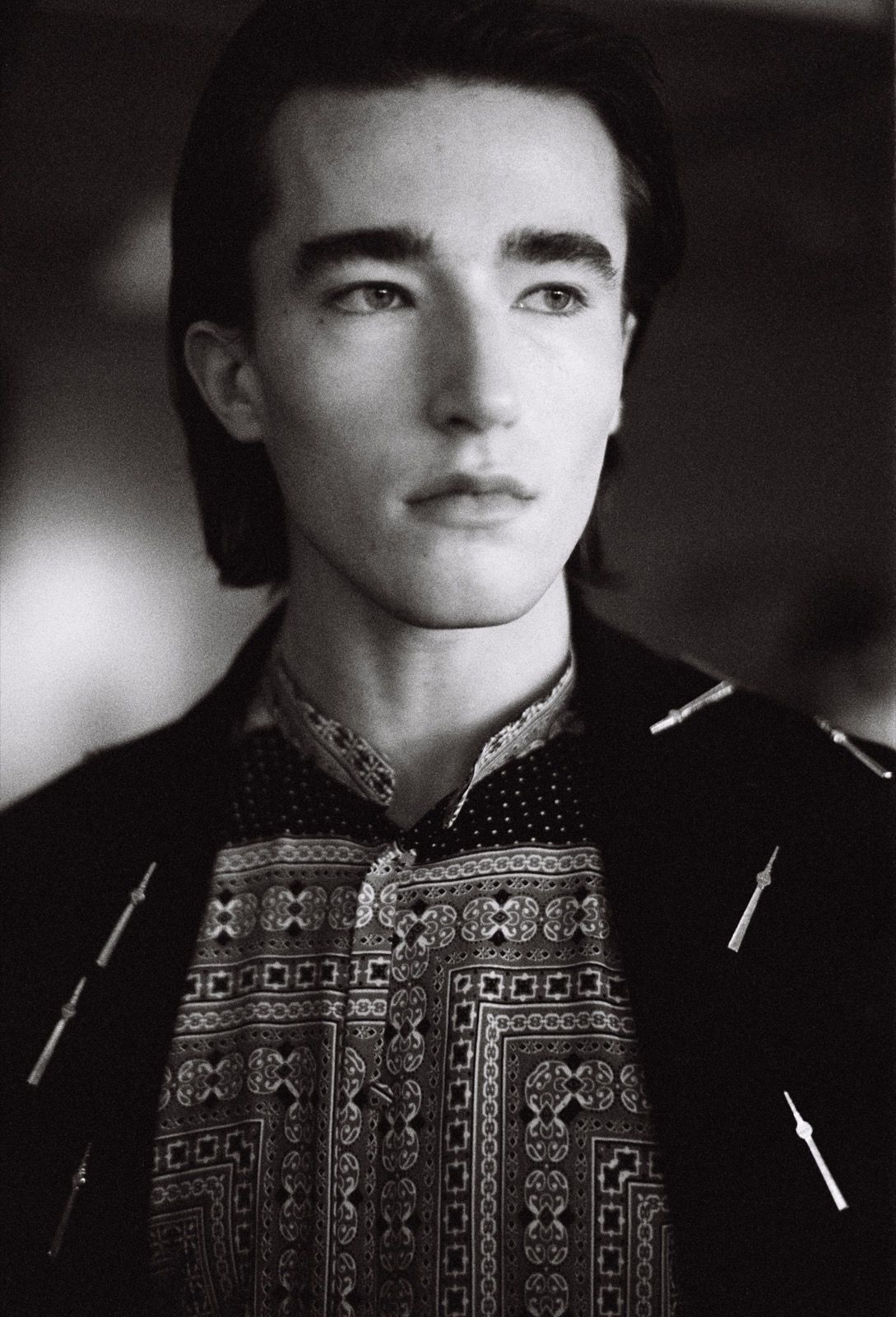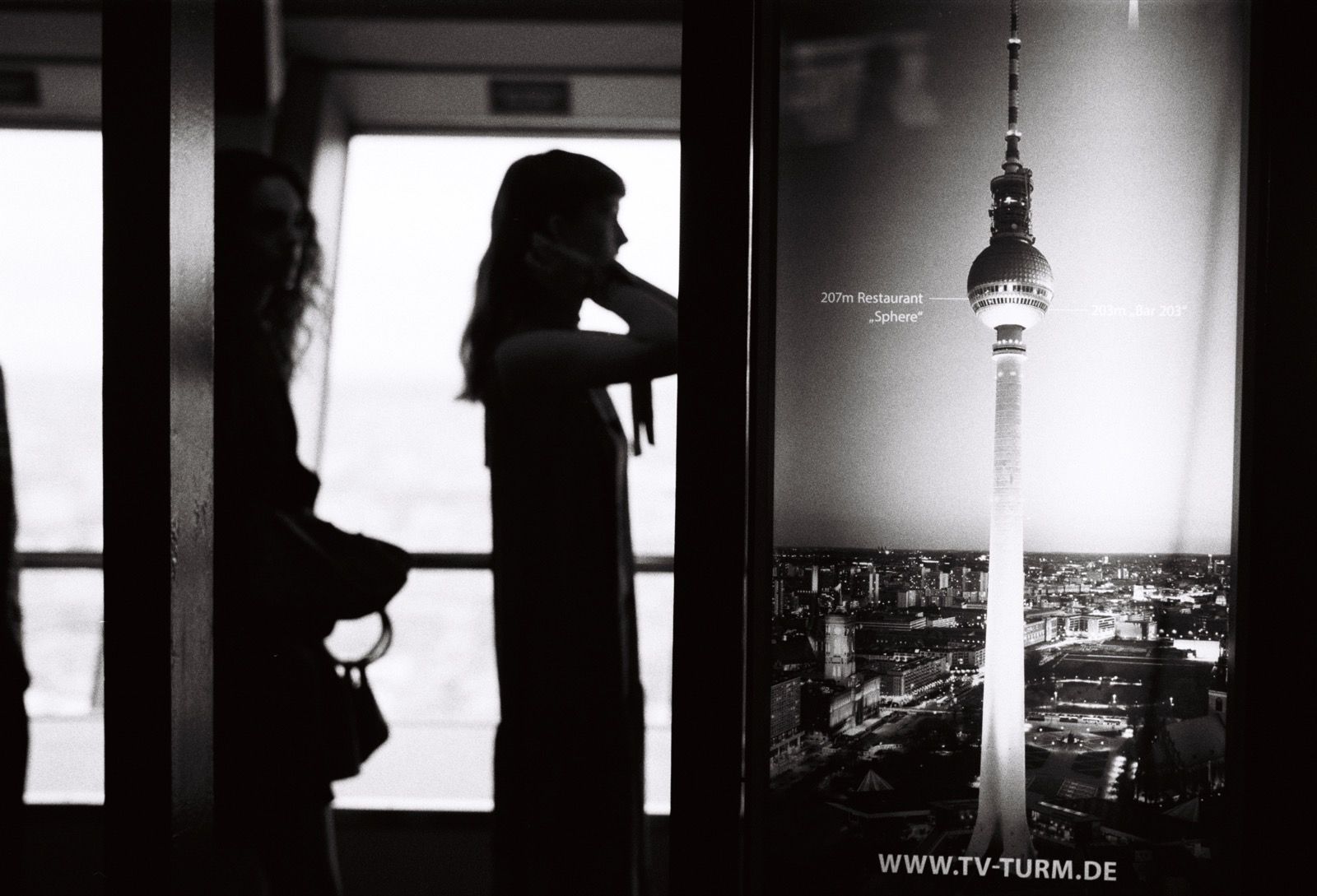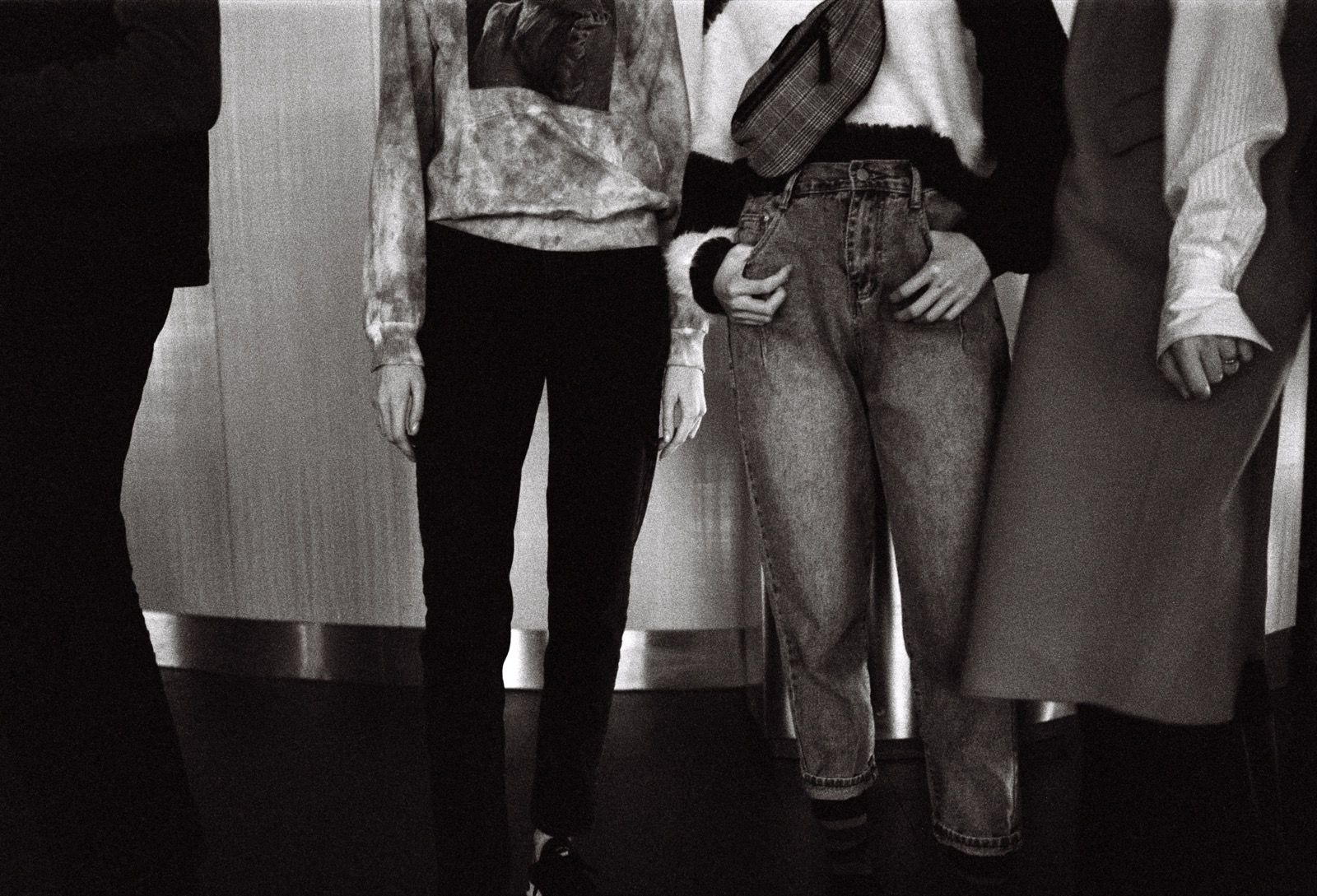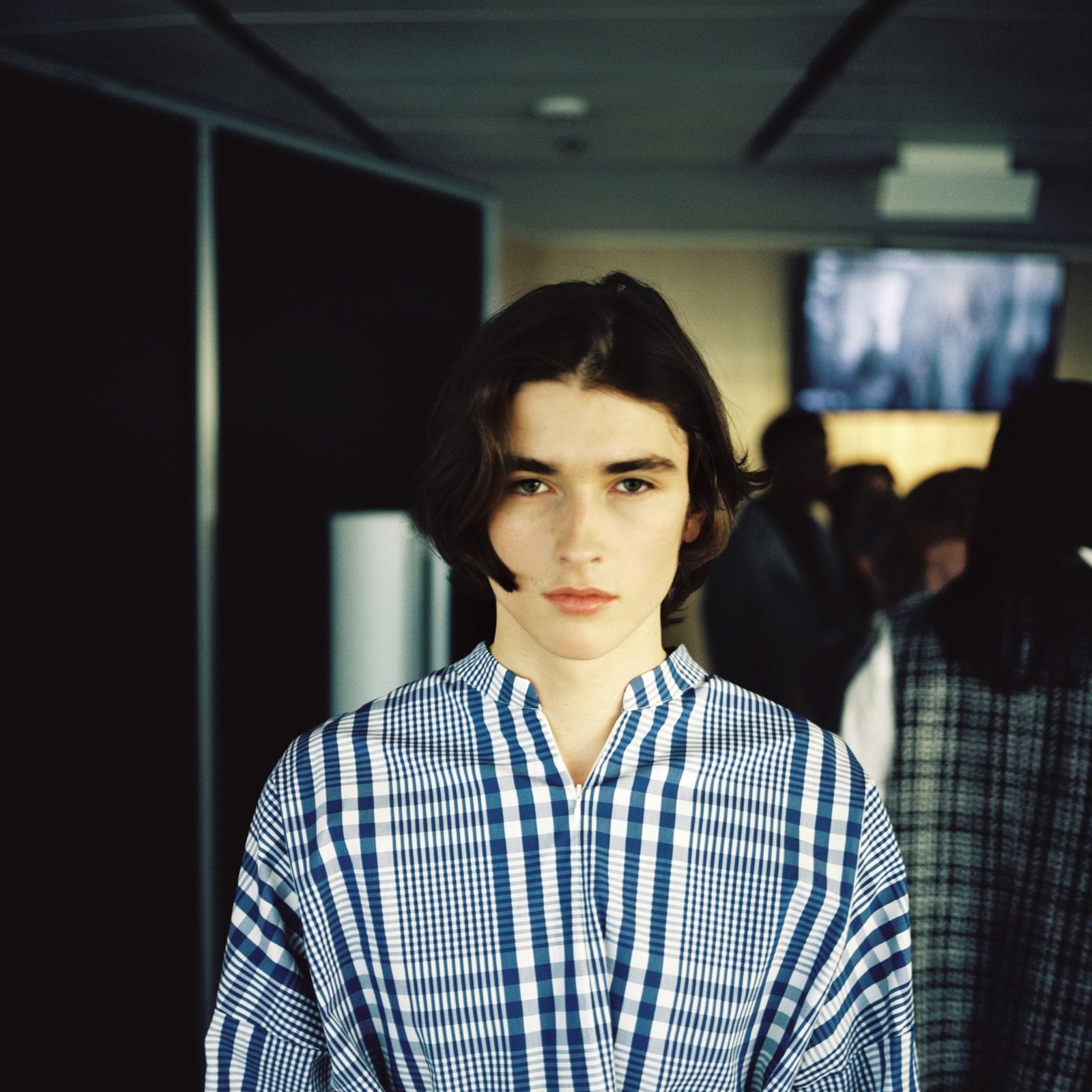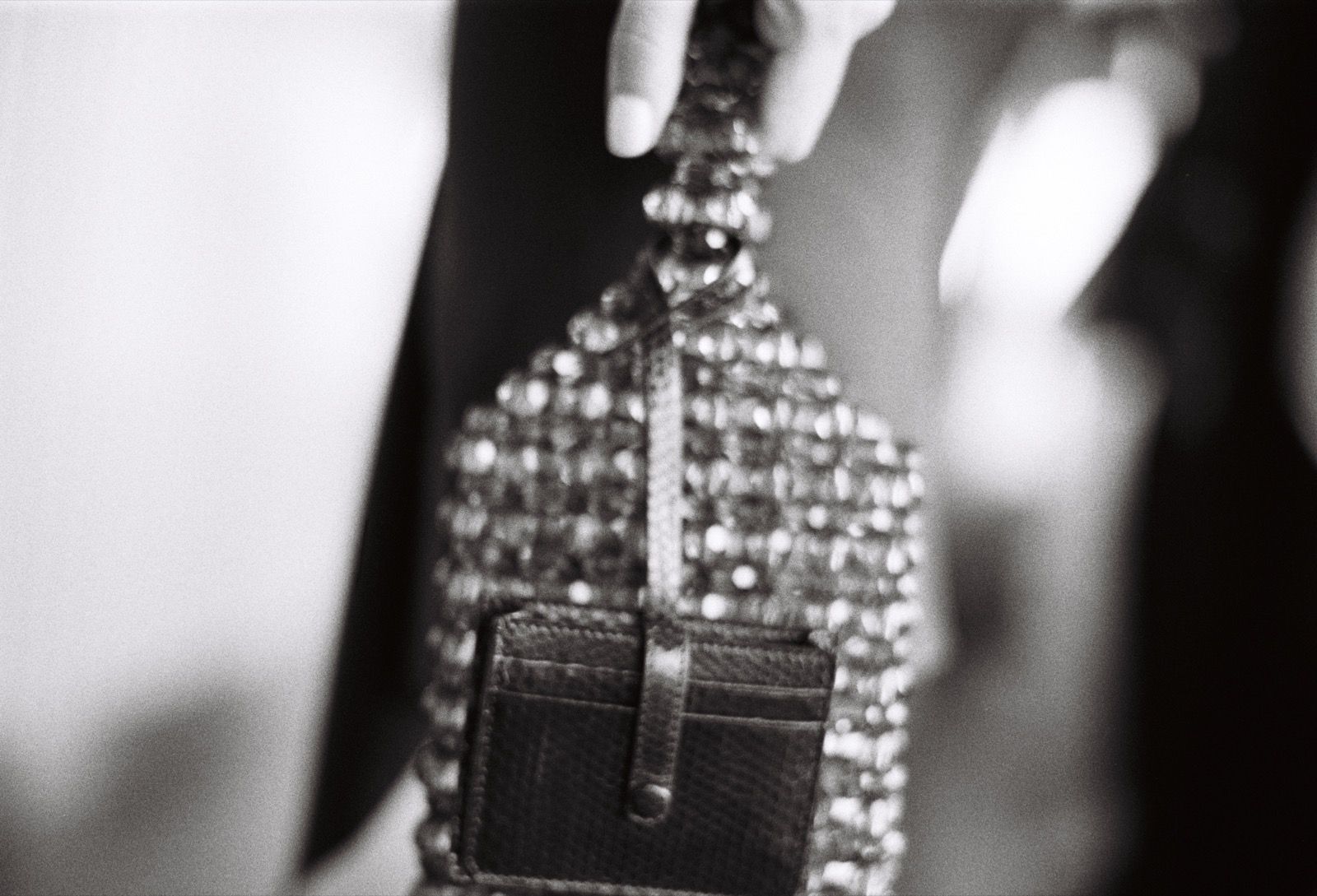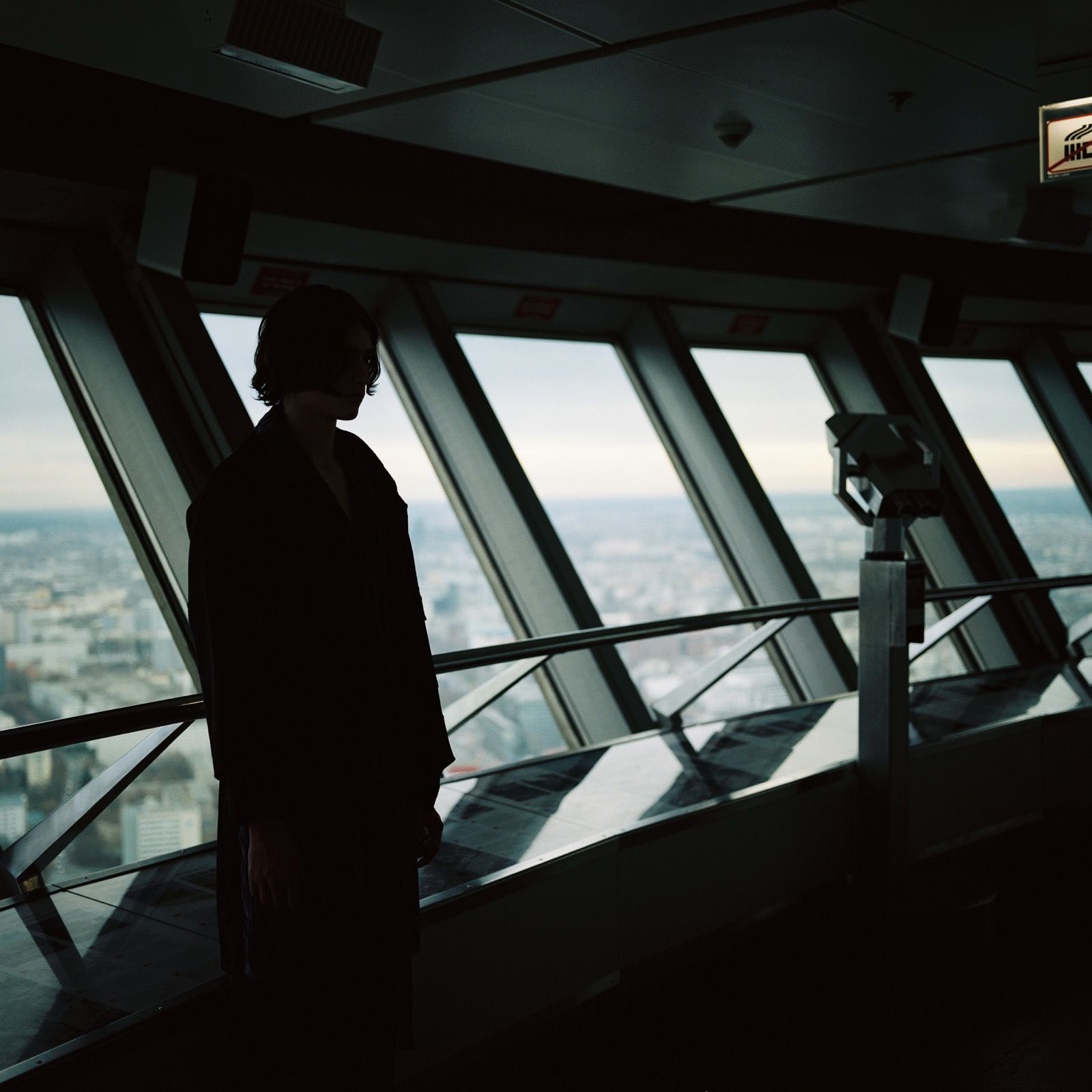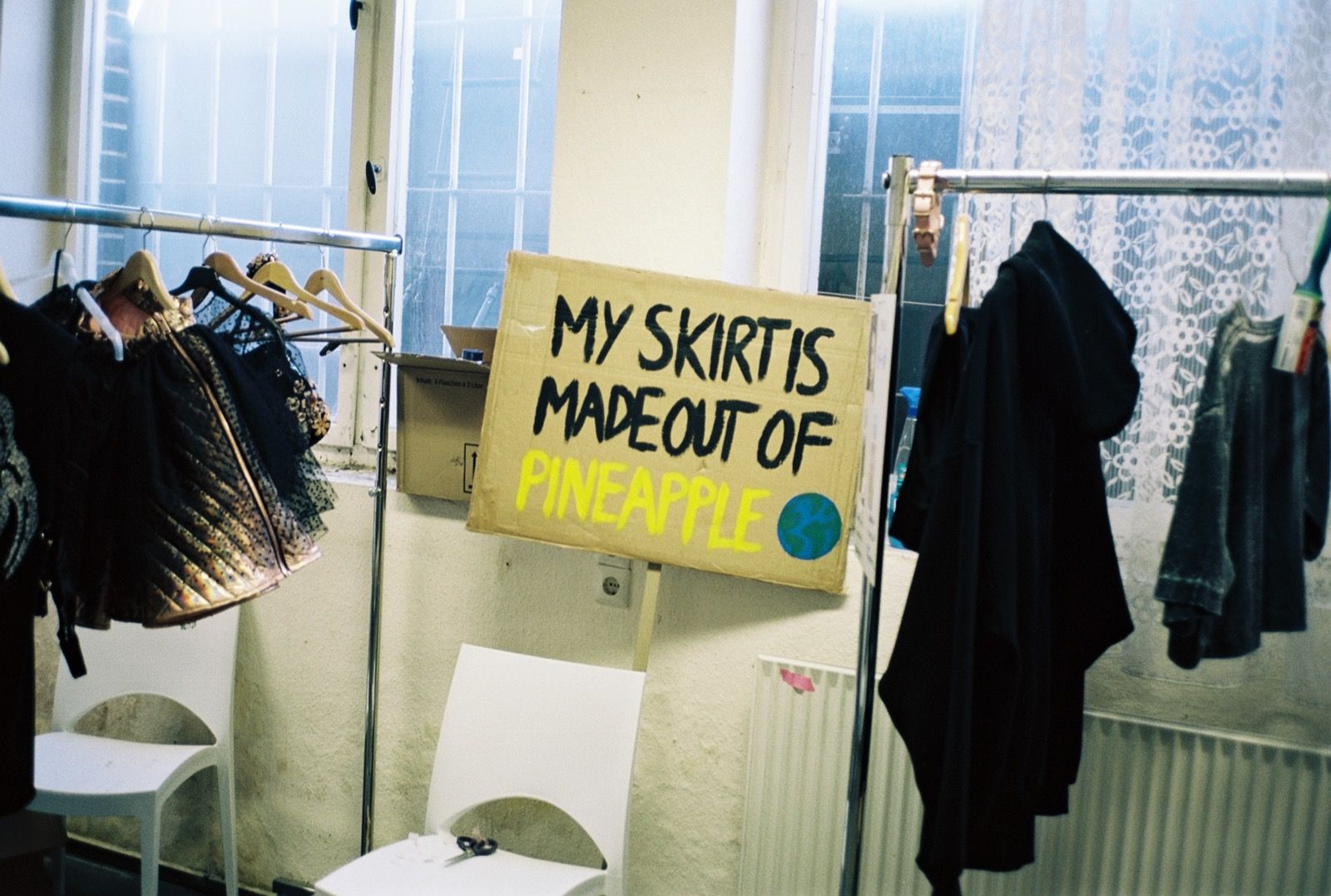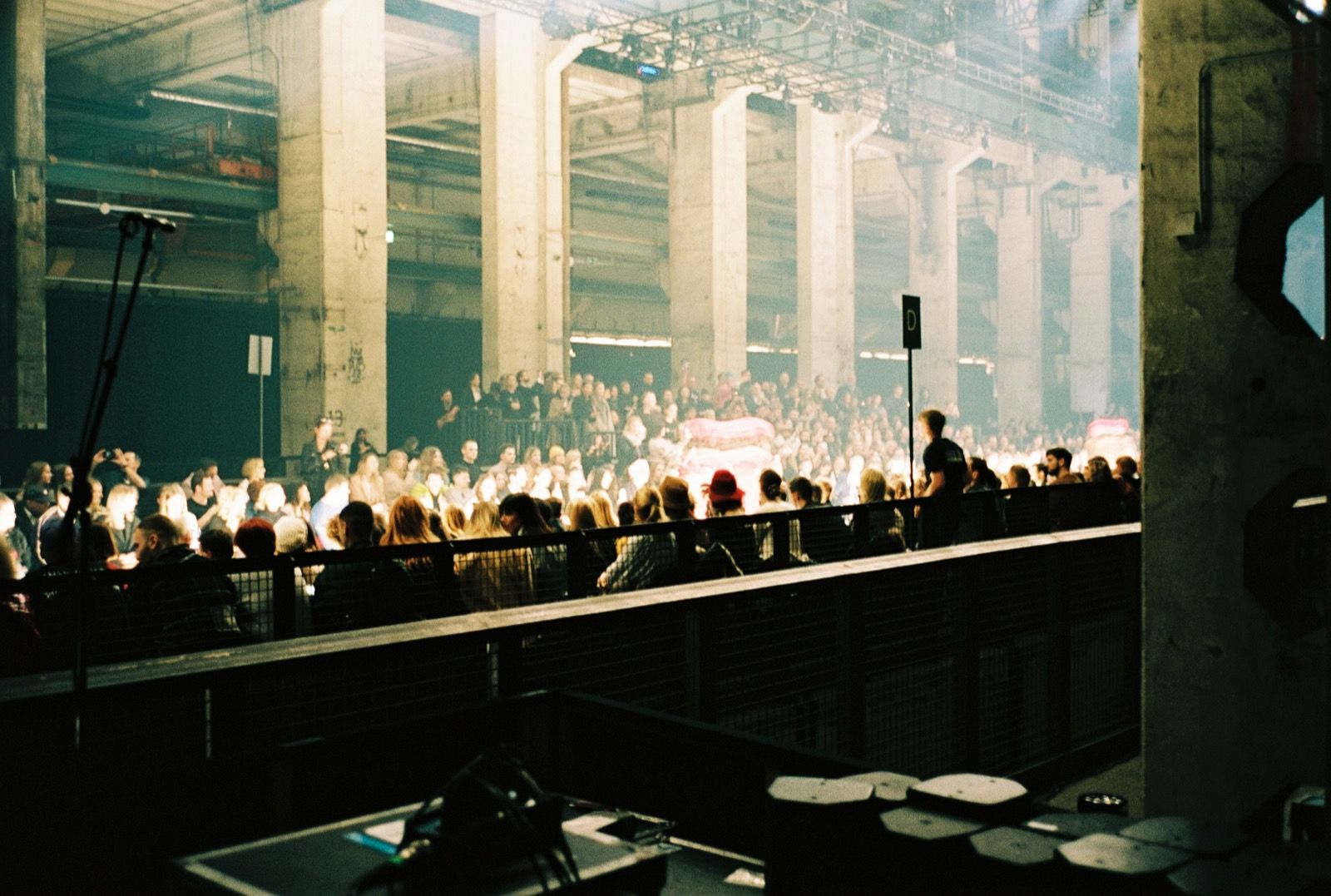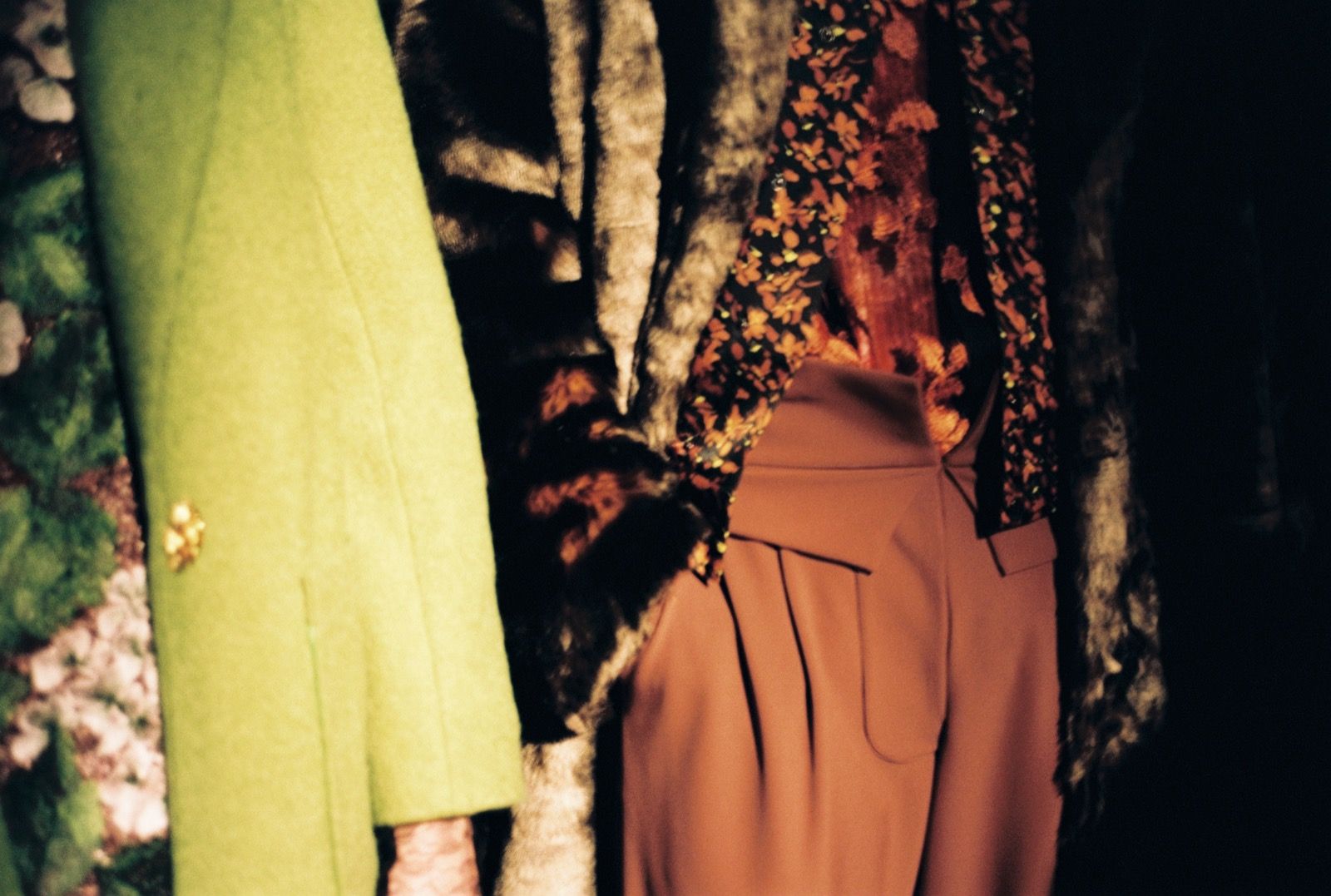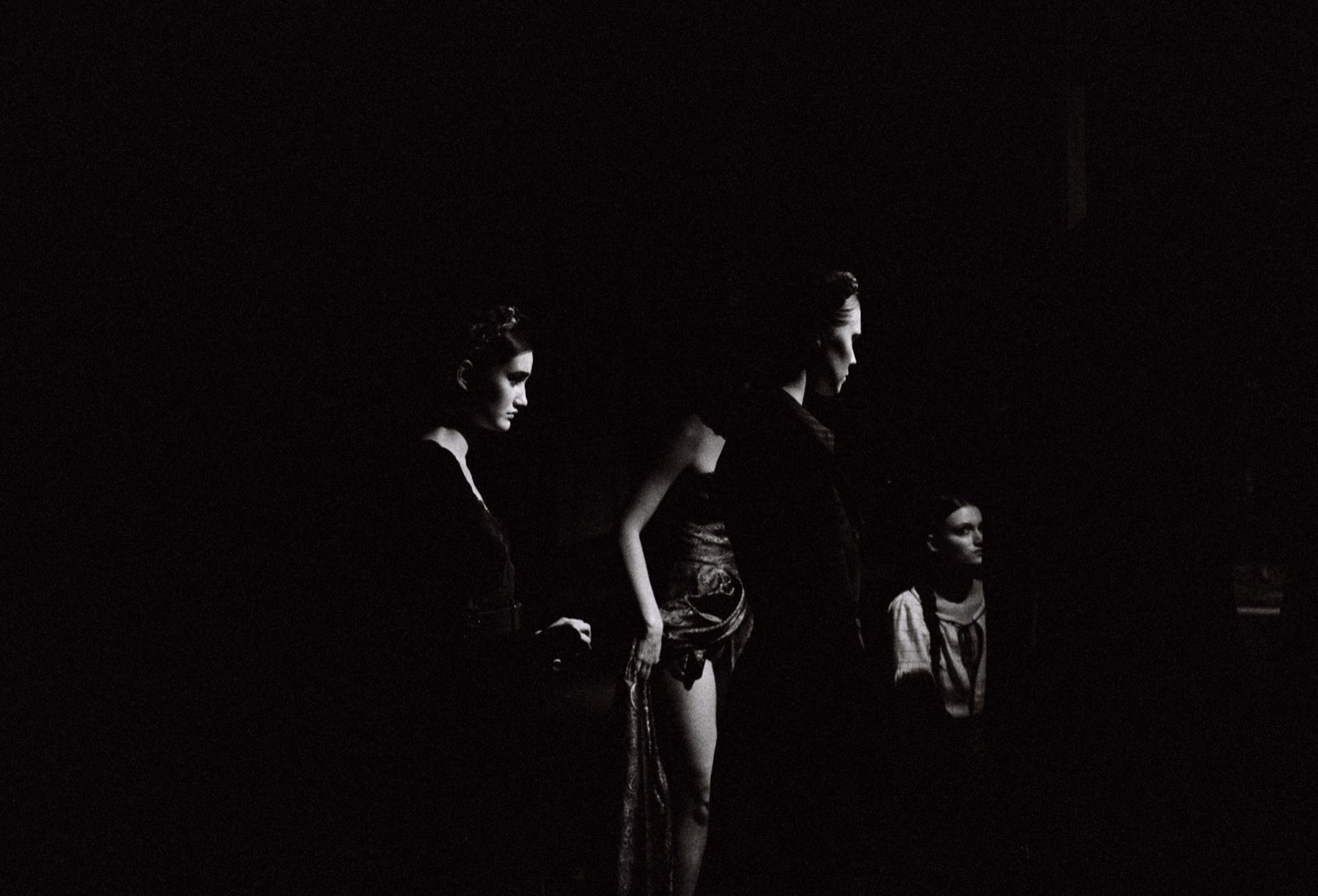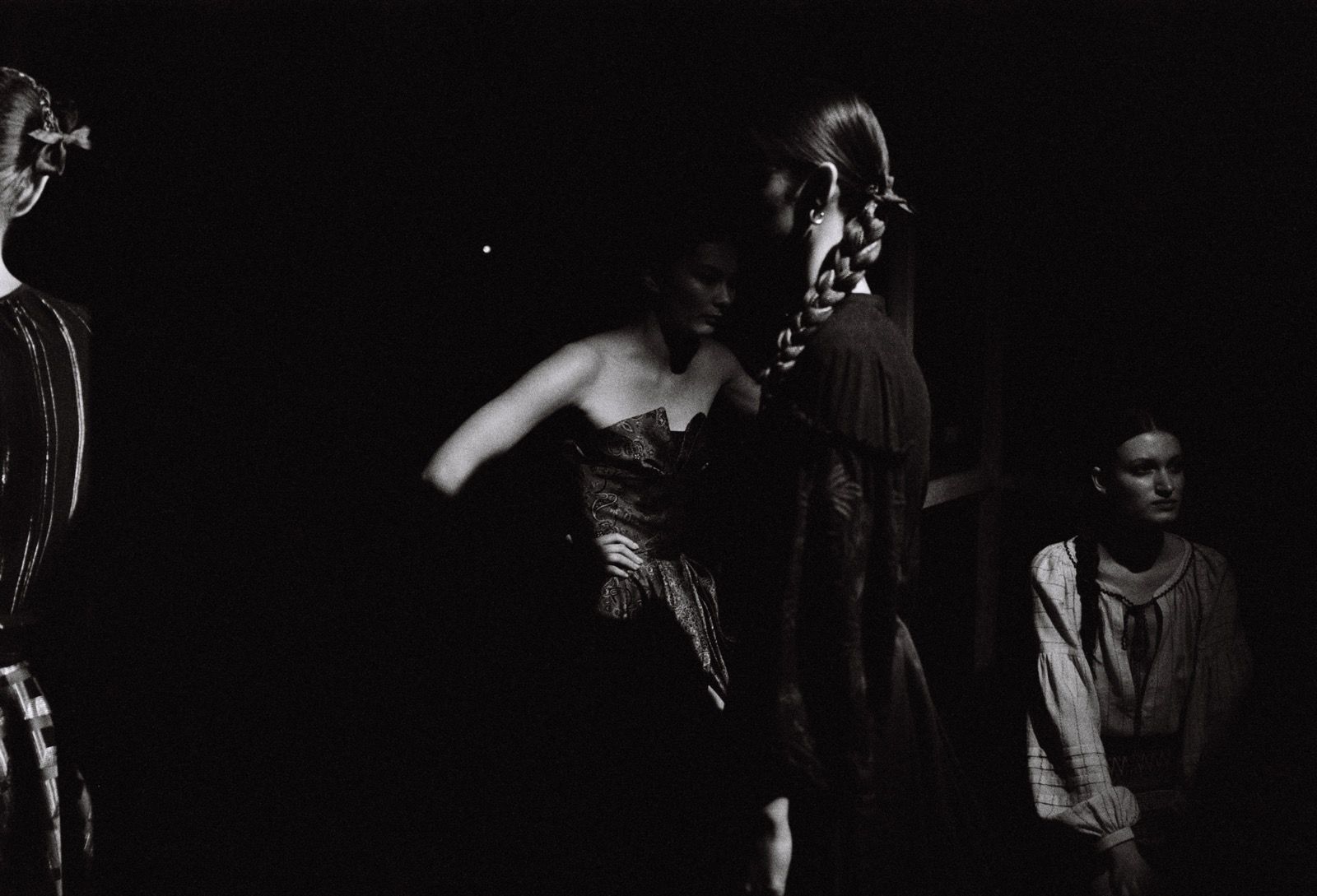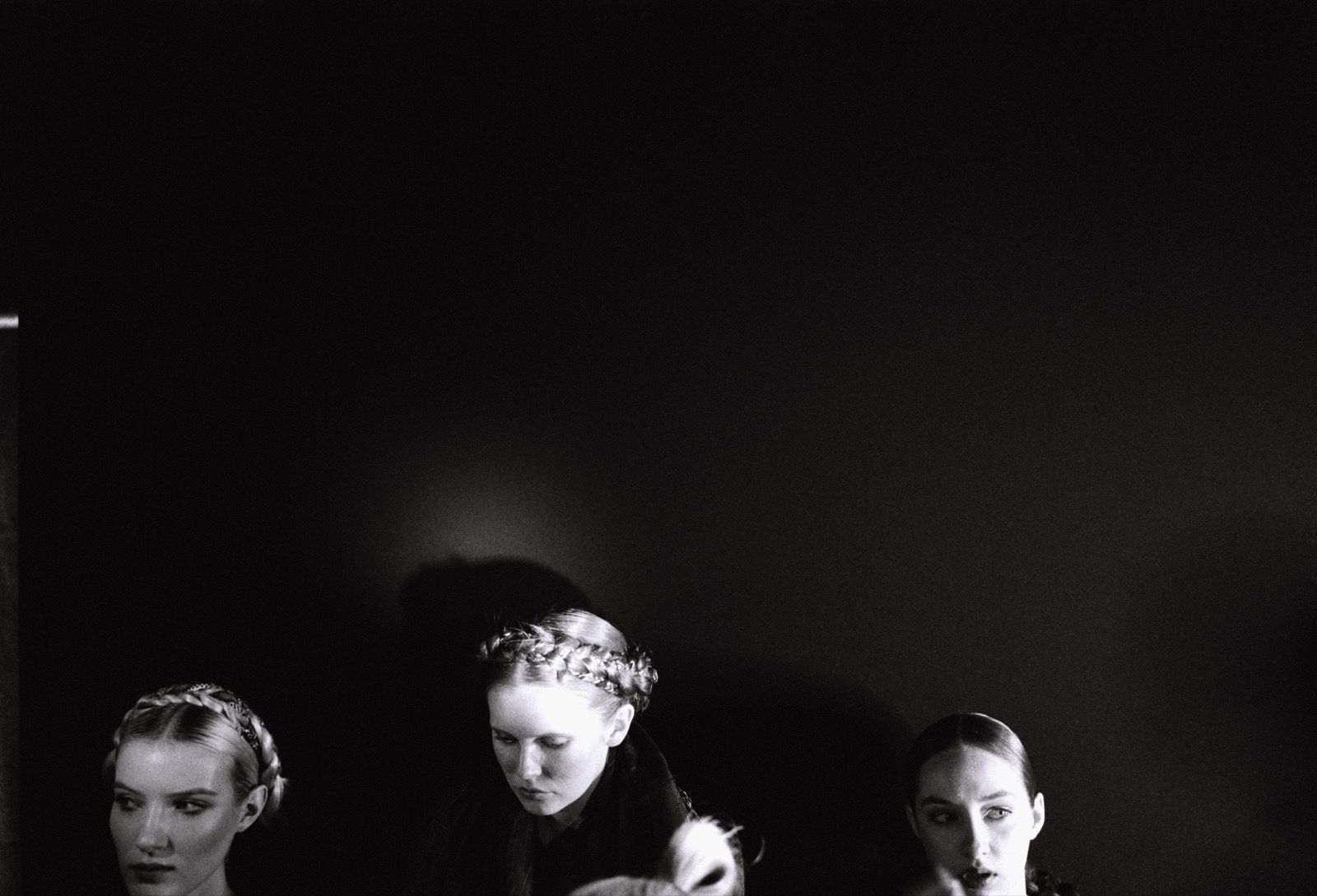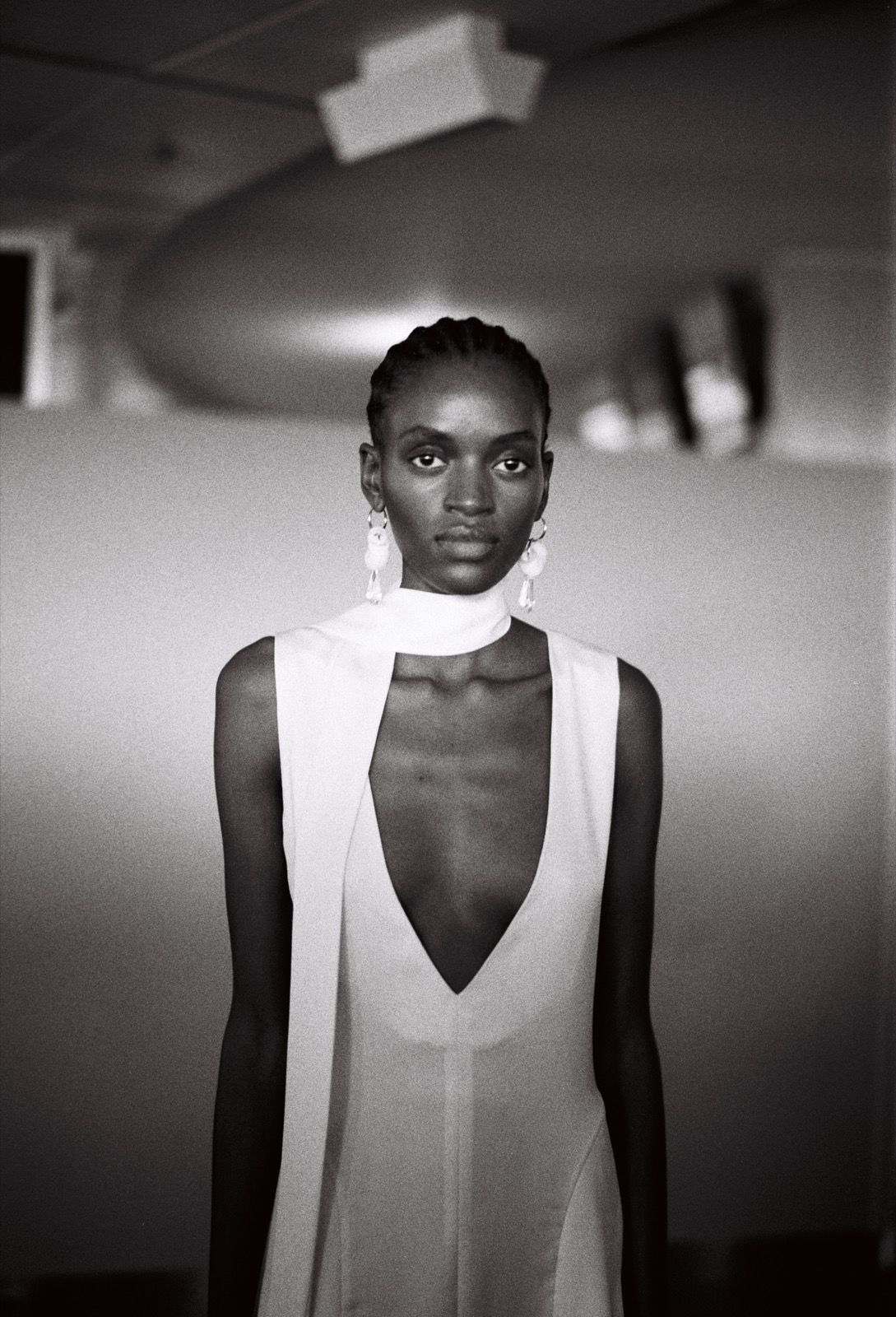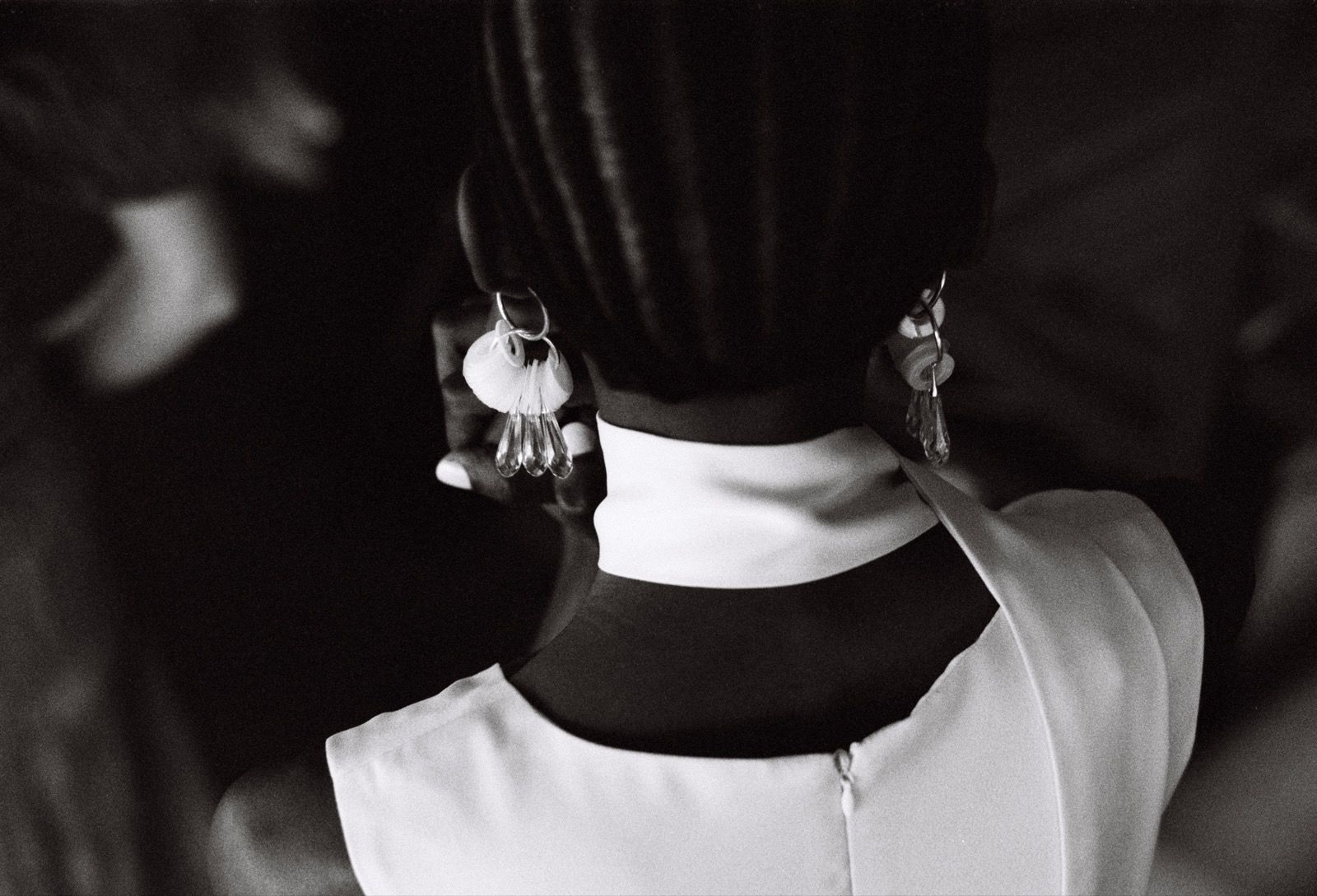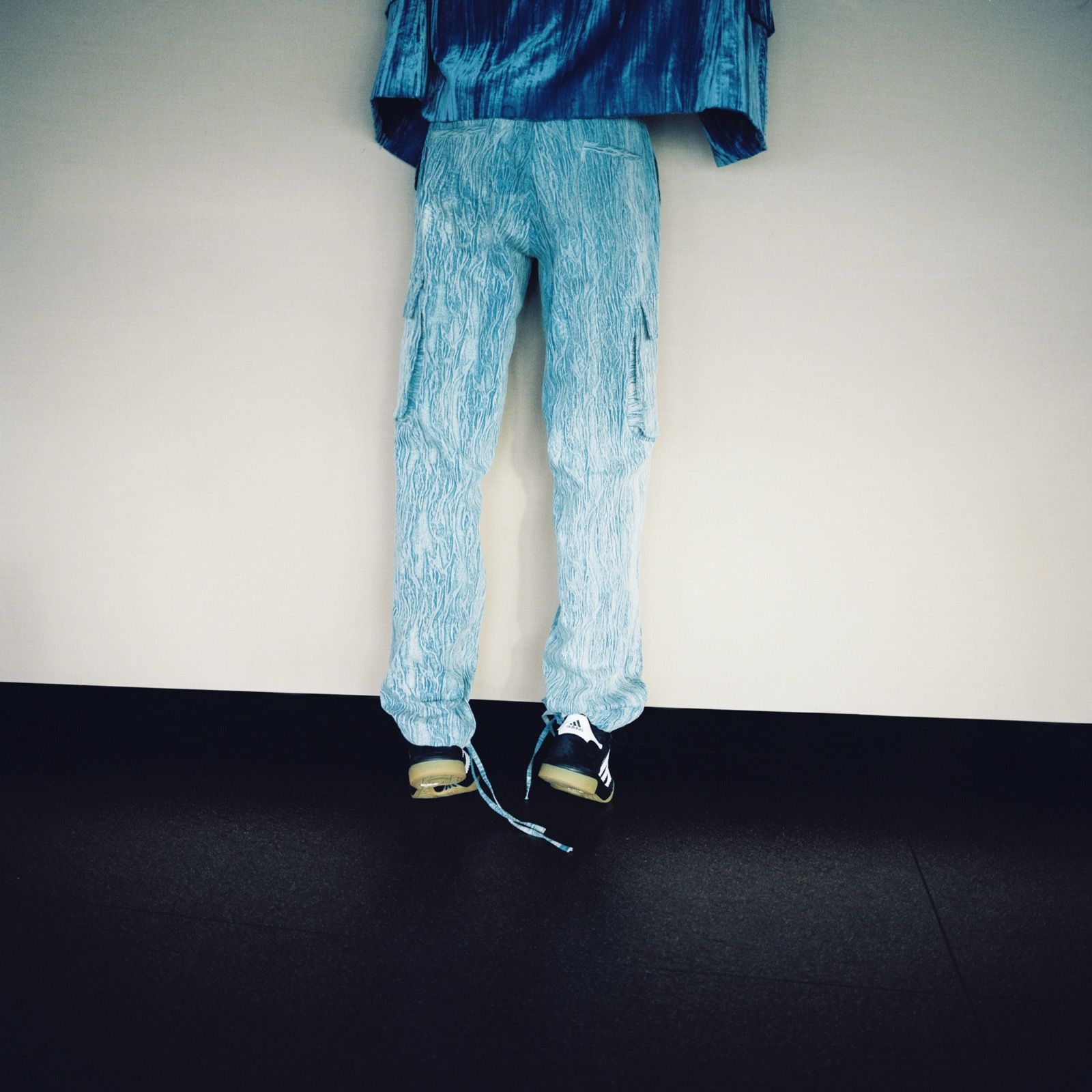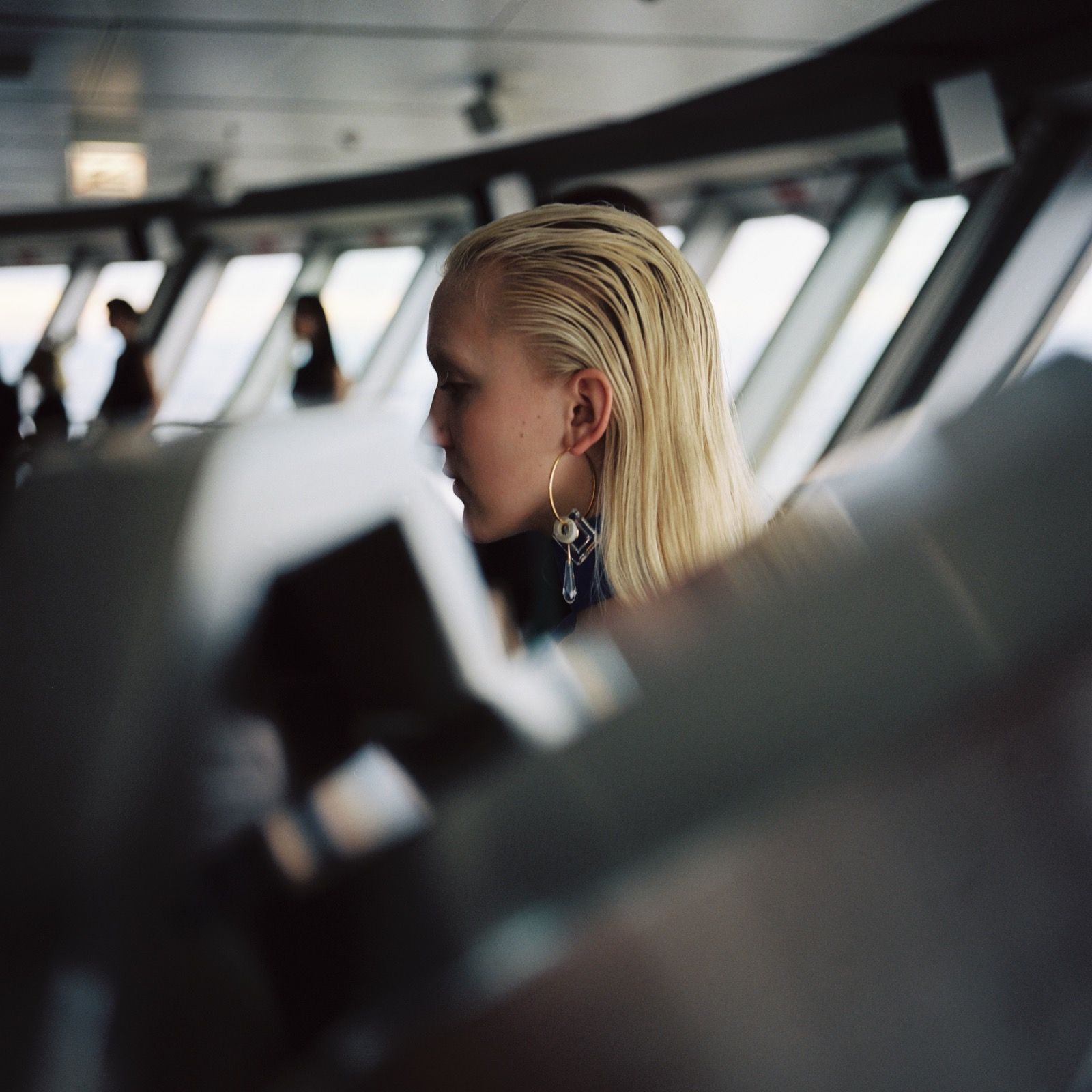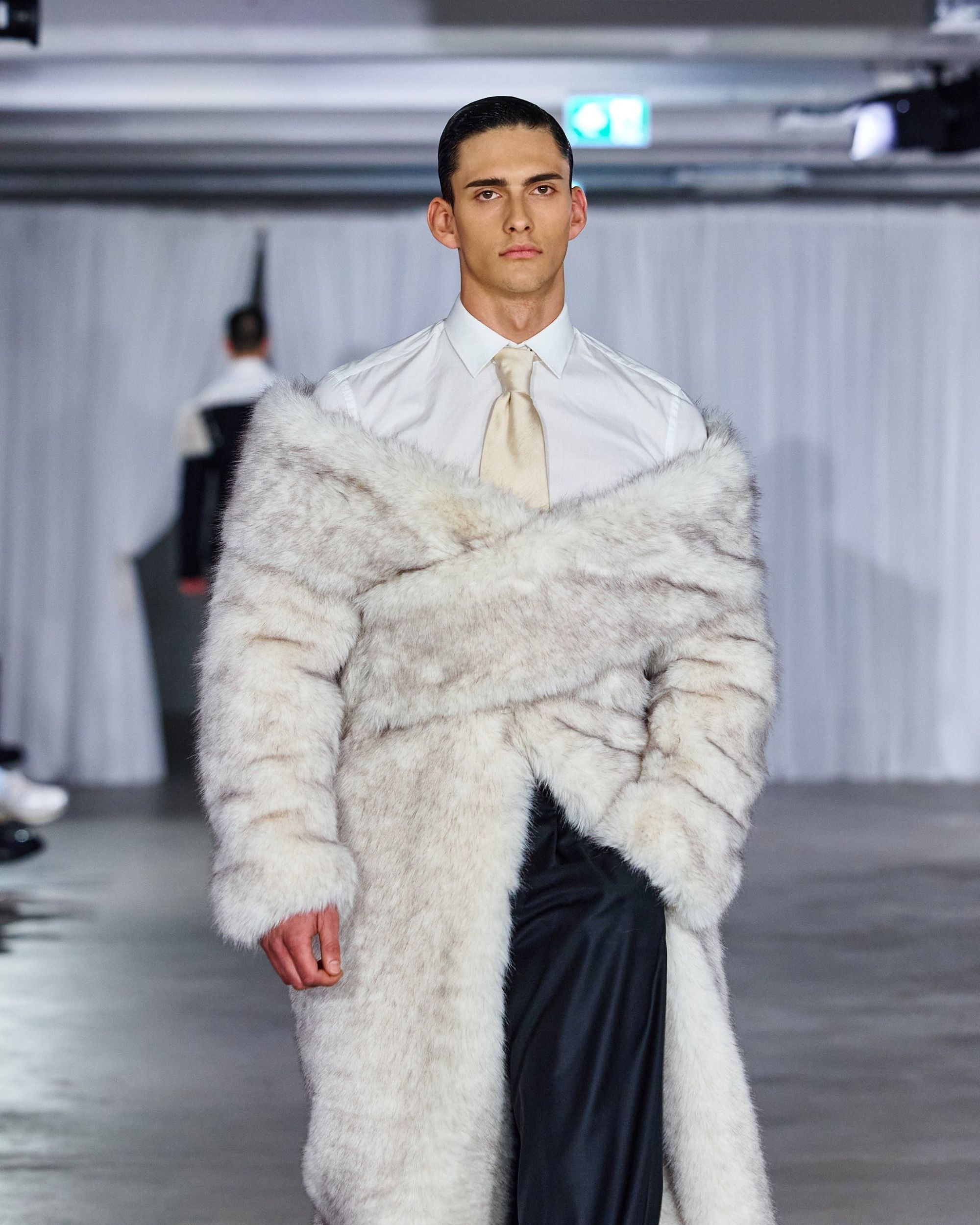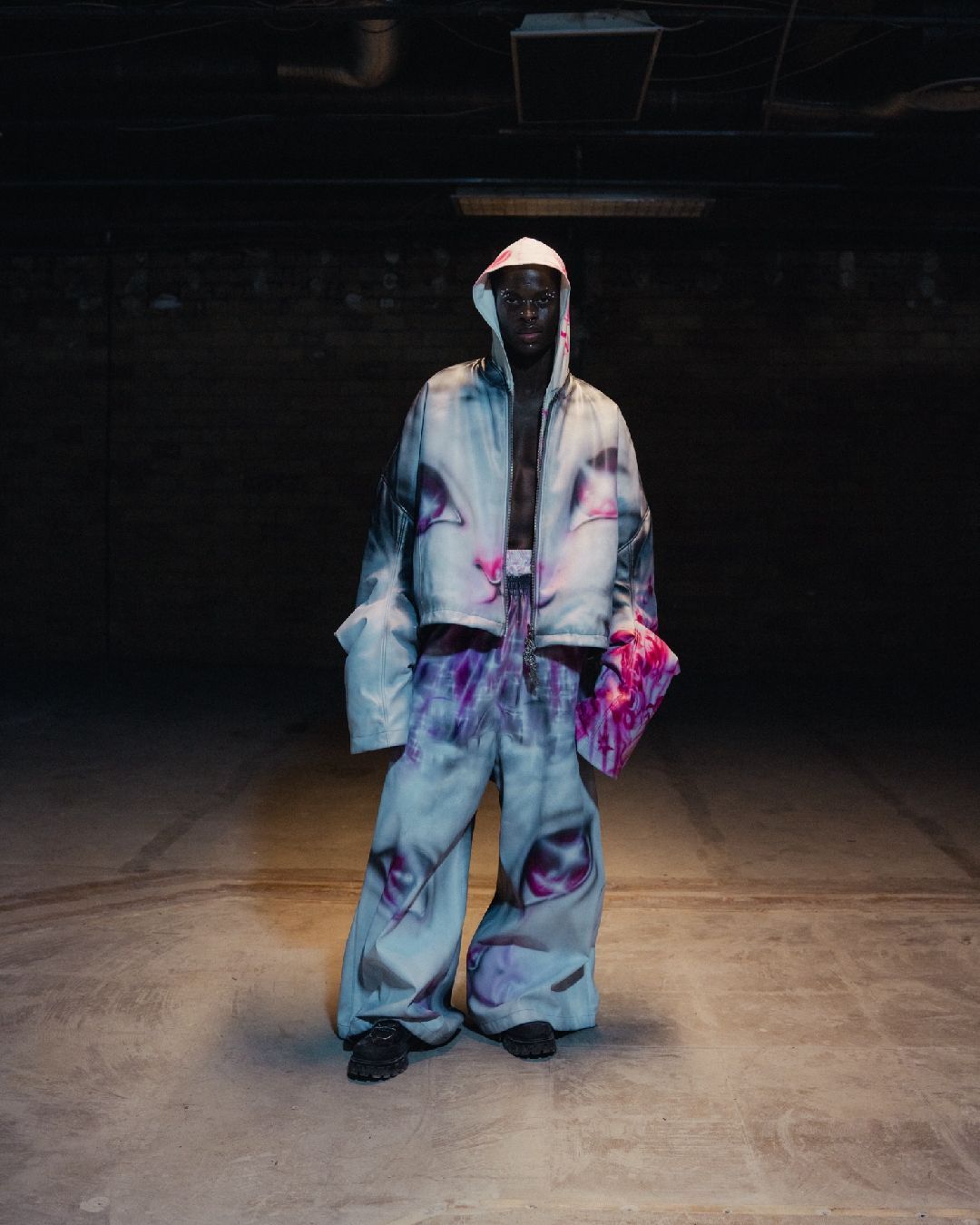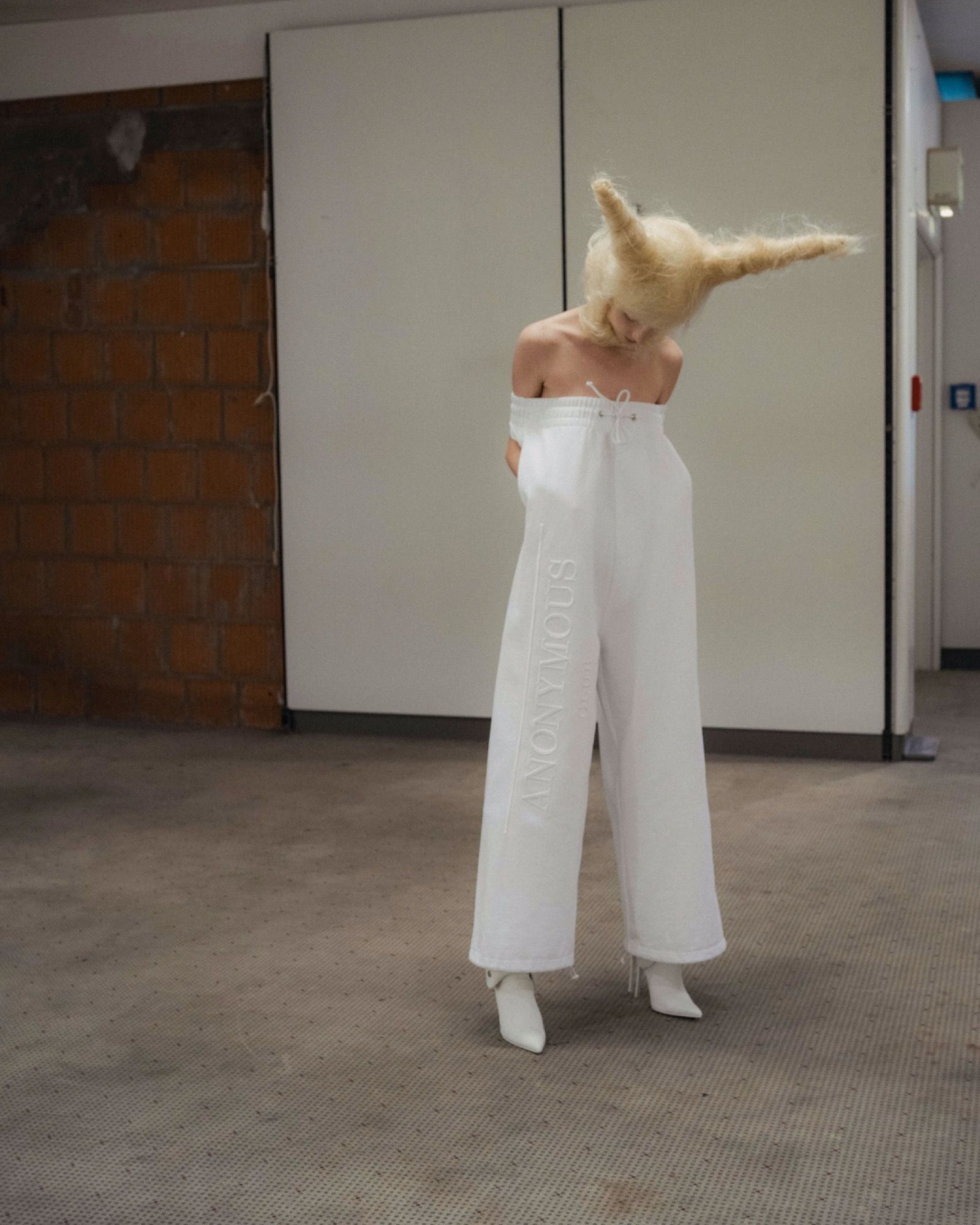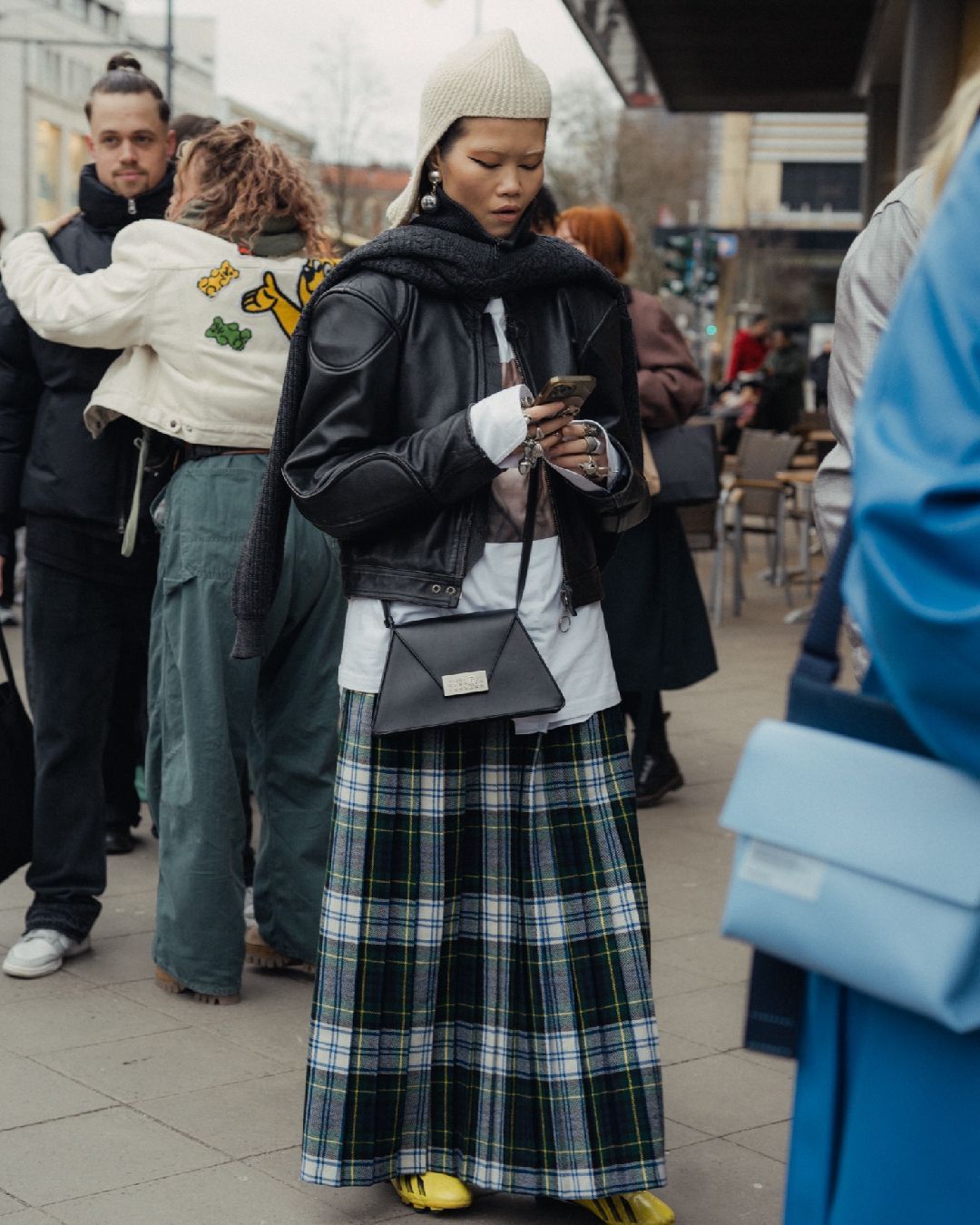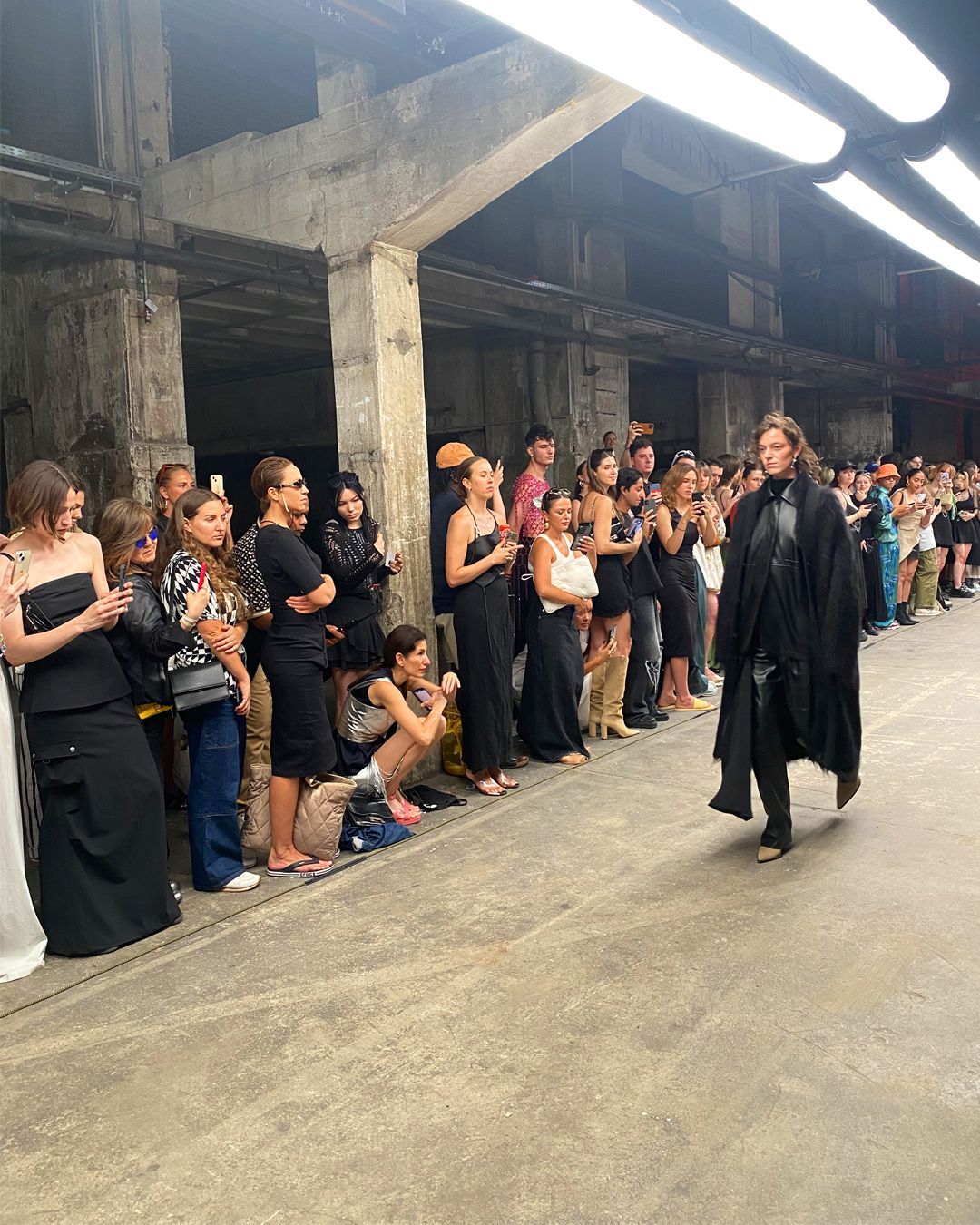
Berlin Fashion after 30 Years of Unity As sustainability takes centre stage, Berlin walks the catwalk on the anniversary of the fall of the Berlin Wall
This Fall Winter 20/21 Mercedes-Benz FashionWeek season marked the thirtieth anniversary of the fall of the Berlin Wall. Or rather it was the first Fashion Week since this remarkable anniversary was celebrated last November.
The Berlin Wall has now been down longer than it was up, a fact which serves to highlight how far removed this city has become from its divided past. The fashion scene has moved on too but again politics has found its way back onto the catwalk. An industry so fast-moving, whose trends die almost as soon as they’ve been generated, where models get dumped after a couple of seasons, and ideas are judged against yardsticks which get changed so often that even Karl Largerfeld’s legacy is now under threat because of a comment which has since become “out-of-season”, is an industry which one might expect to recover from political turmoil very quickly. And in many ways, it does, but Berlin’s scars are still quite raw.
These scars run deep and they run right through the matrix of MBFW locations. One of which was my first show of the week: William Fan. The venue: TV Tower. From here the guests could see the cityscape in all its midwinter glory. What would have been the thoughts of an East German tourist as he looked out of the big ball in the sky? You can see everything there; East, West, North, and South: the pre-reunification equivalent of Google Maps. Fan paid homage to the Berlin he knows and loves through this collection.
There was plenty of nostalgia, perhaps even ‘ostalgia’ - a term used in Germany to describe the nostalgia of the former Democratic Republic. He referenced the trashy multicolored tourist board logo, had tiny TV Towers embroidered onto dark outfits, like small exclamation marks suspended in space, and brought back patterns so outdated, they felt fresh. The silhouettes, accentuated by the diffuse winter sun, matched the setting well; a throwback to yesteryear and an example of the genuine affection many people still have for that Berlin Wall era.
Iconic venue number two: Tempelhof. A defunct airport in the heart of Berlin, built in the 20s. It's a cavernous absence of all human activity, left to stand as a reminder of the great architectural achievements of our predecessors. No aircraft has taxied on its tarmac since 2008, which makes it the greenest airport in Germany, it also makes it the perfect venue for fashion exhibitions, taken full advantage of by eco-conscious exhibition Neonyt this year.
Now all the green exhibitions are rolled into one in Berlin, at Neonyt; where recycle, upcycle and climate cycle were key themes. Ocean PET bottles as raw material was a trend/statement found on a few stands, shining a light on the pollution crisis. Of course, important messages, but there are two sides to the plastic pollution crisis. Fibers from synthetic fabrics are introduced into the water supply every time they go through a washing machine, an underreported hidden danger. Making an outfit out of recycled plastic solves one problem and creates another.
Regression is what the fashion industry really needs if it is to reduce its carbon footprint. Regression to a time when socks were darned and clothes were made to last. This industry accounts for 10% of global emissions, which is more than air travel, so if we’re serious about cutting emissions, how do we address this dilemma? Wear less? Buy less? Yes! The best way to reduce emissions is to stop consuming but how can a fashion brand promote a reduction in consumption without affecting sales? It’s a paradox we’ll still be talking about in many years to come.
When, politically, the western world is roughly dividing itself into two camps, locals and internationals, the fashion industry is feeling the pressure from both sides. On the one hand, it is being pulled down the woke, internationalist route (see British Vogue) and on the other hand, fast fashion, with its worldwide supply chains and international markets, is coming under heavy criticism, paving the way for a more locally-minded, artisan fashion culture which values small supply chains and native materials. Whether or not these opposing world views can be reconciled remains to be seen.
Lena Hoschek seemed to get rather close to this compromise with her new collection. ‘Artisan Partisan’ was the name and traditional craftsmanship was the focus. The collection is a coming together of former Empires; namely the Austrian and Persian. There were Arabesque prints, Pakistani Ikat silks, and Moldavian Kilim prints draped on the timeless Hoschek silhouette. The designer brought together exotic prints and textiles from far and wide, with the focus on the traditional Silk Road locations. Outward-looking but, at the same time, local. Local to the traditions of various cultures she borrowed from and local in its production: Austria.
The Hoschek show took place in a disused power plant called Kraftwerk - not far from where the Wall stood. It was the main venue this year, hosting great shows involving collections from Kilian Kerner, Irene Luft, Odeeh and Rebekka Ruetz. It was a quintessential Berlin venue: concrete, large and industrial. Old, disused factories and power stations are something of a trademark for this city, the obsession began shortly after the Wall came down 30 years ago, when apartment blocks, factories, and power plants were quickly vacated and became the venues of a burgeoning subculture that needed a place to vent.
These days the rough Berlin charm is becoming a marketable asset and the fashion event organizers did a good job of utilizing the rough spaces around the city this season. Perhaps the best example of this was the Marina Hoermanseder show, which took place at Neuzeit Ost, an old warehouse in the East. From the kitsch décor of the TV Tower to the jagged concrete pillars of the Kraftwerk, we saw Berlin with a very firm aesthetic, shaped by the dramatic socio-political changes in the modern era. The focus on sustainability this year does make one wonder if more socio-political drama is on the horizon.










































